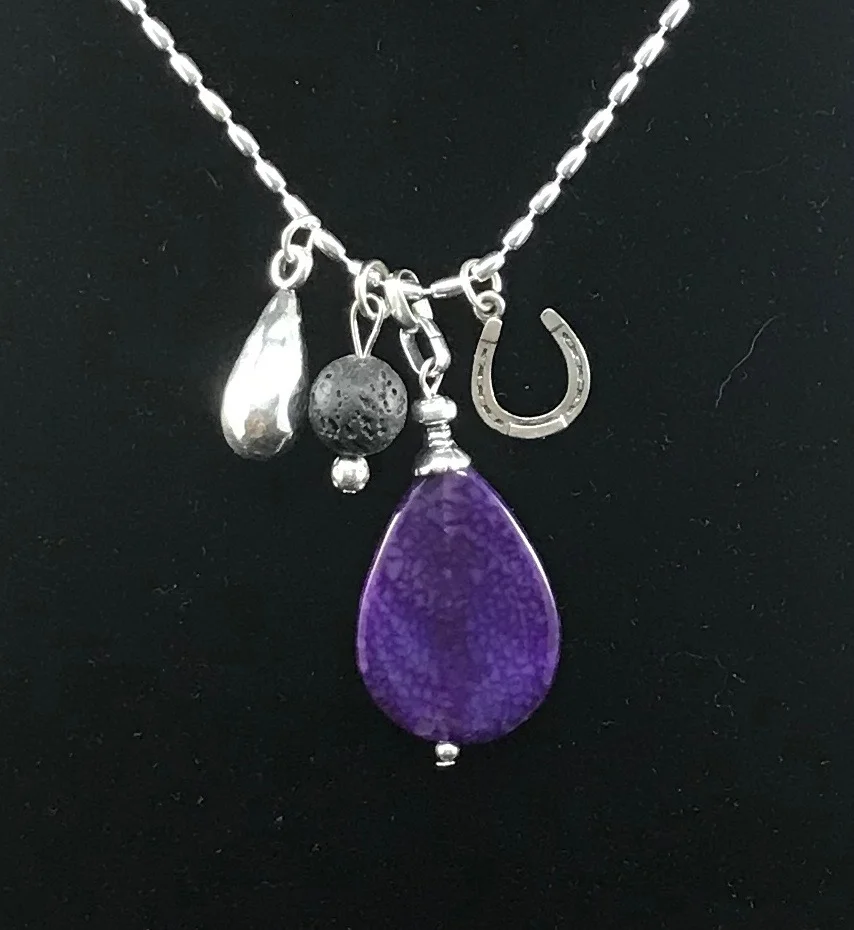My most popular blog post by far is one I wrote comparing RC and RAVEN essential oil blends. Since people want to know the difference between them and how best to use each one, I figured many people may have the same questions about Peace & Calming and Stress Away essential oils blends.
Let’s start by reviewing the oils that make up each blend.
Peace & Calming essential oil blend comprises:
Tangerine
Orange
Ylang Ylang
Patchouli
Blue Tansy
Stress Away essential oil blend comprises:
Copaiba
Lime
Cedarwood
Vanilla
Ocotea
Lavender
Both oil blends contain citrus oils which are great mood boosters. A Mie University study found that citrus fragrances boosted immunity, induced relaxation, and reduced depression (Komodo, et al., 1995).
Peace & Calming has multiple oils (Orange, Patchouli and Ylang Ylang) that have been shown to have analgesic, anti-depressant and sedative qualities.
Stress Away boasts two oils high in beta-caryophyllene (Copaiba and Octoea). This sesquiterpene is a great pain reliever. Cedarwood, another sesquiterpene, stimulates the pineal gland which releases melatonin. That’s one reason why I diffuse Cedarwood every night! And Lavender has been shown to increase beta waves in the brain, suggesting a heightened effect on relaxation.
Which of these blends will work best on you? Well, that depends on what your body needs. Unless you happen to know your body needs more beta-caryophyllene or d-limonene (wouldn’t that be cool if we could just “know” that?) than you’ll probably need to use some trial & error to see what works best for you.
One thing to ask yourself is which one you prefer? Personally, I prefer Stress Away. Not because it’s “better” than Peace & Calming, just because I prefer the scent over that of Peace & Calming. I know a lot of people prefer Peace & Calming over Stress Away.
Animals also have preferences, so put a few drops of one blend in your palms, rub them together, and offer your hands to your horse to smell. Notice your horse’s reaction. Does your horse turn his head away? Or does he try to get closer to get a better smell? Wait a few minutes and then do the same exercise with the other blend. Does your horse have a clear preference? Or does he like both? Perhaps he seems to dislike both? Everyone has opinions on the scents, even horses.
Whichever one your horse prefers, “reward” him with a whiff of it after a training session, put a few drops of it on a cotton pad and place it in the trailer when traveling with your horse, or wear it on a diffuser necklace. Your horse will thank you!



